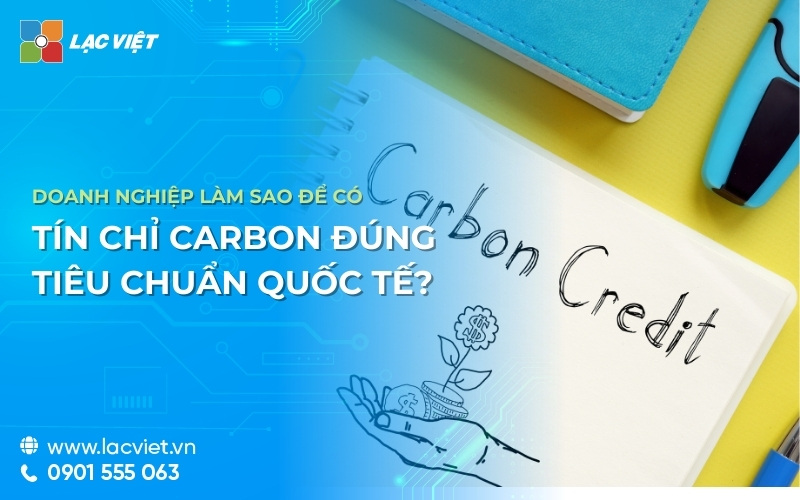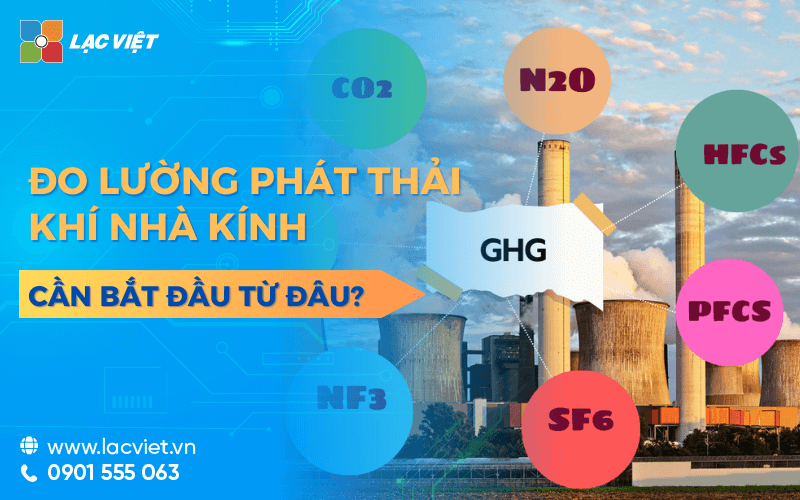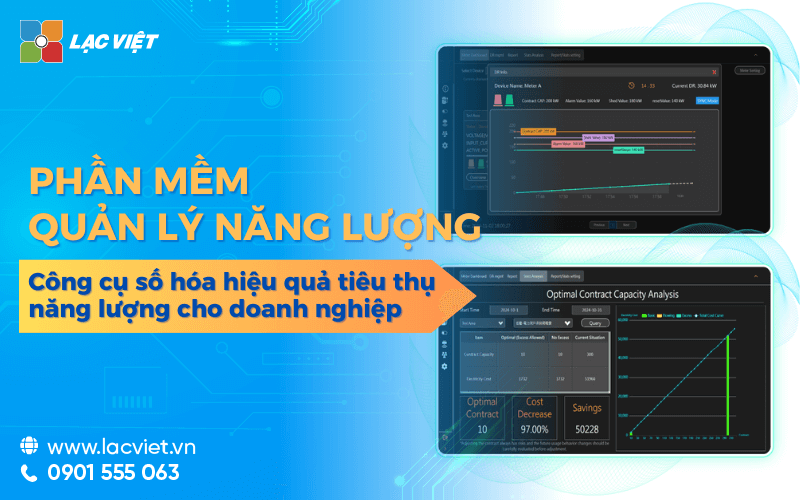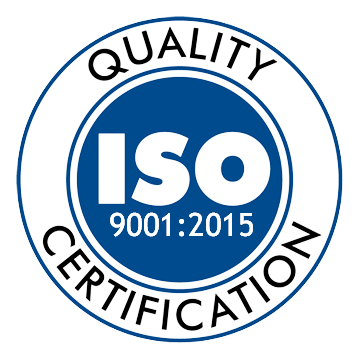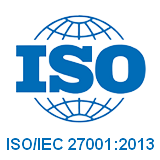Credits carbon is one of the solutions essential to help control the amount of greenhouse gas emissions globally. This is the certificate that allows the organization or enterprise emission of a CO2 or greenhouse gas equivalent (usually the conversion of CO2) in the allowed limit.
The main aim of credit carbon:
- Control of emissions: Limit the total amount of greenhouse gas emissions into the environment.
- Encourage technology innovation: Motivation to institutional investors in clean technology or projects that reduce emissions.
- Promote the carbon market: Allows businesses to purchase seller credits carbon, helping to balance between emissions and absorption of greenhouse gases.
This article is Lac Viet Computing built to guide how to get credits,carbon step by step specific to business can own credits carbon through measures and specific program.
1. How to get credits carbon accordance with international standards?
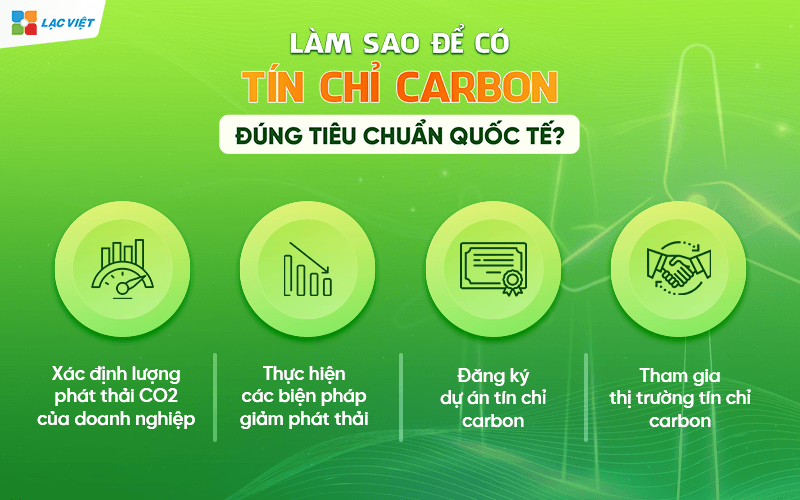
1.1. Determine the amount of CO2 emissions of the business
Greenhouse gas inventory: Greenhouse gas inventory is the first step and the most important for business to understand the amount of CO2 emissions from their activities.
Process inventory includes:
- Range 1: Emission directly from the source due to business ownership or control (for example, emissions from the boiler, means of transport owned business).
- Range 2: Emissions indirectly from energy consumption for electricity, heat, or steam purchased from outside.
- Range 3: The emissions indirectly else in the supply chain (for example: shipping, freight, waste treatment, operation of the supplier).
Use international standard:
- GHG Protocol: Offers a comprehensive guide to a greenhouse gas inventory.
- ISO 14064: International standards on measurement and reporting of greenhouse gas emissions.
Basic recipe:
CO2 emissions = emission factors X Amount of fuel or activity
For example: A factory using 1,000 liters of gasoline (the emission of gas is 2,31 kg CO2/liter) will emissions 2.310 kg (2,31 tons) of CO2.
Tool support:
- Carbon Footprint Calculator: Online tool to help businesses calculate emissions based on consumption data energy.
- CoolClimate Network: Provides the tools greenhouse gas inventory specifically for each industry.
1.2. Implementation of measures to reduce emissions
Investment in clean technology, suse of renewable energy such as:
- Solar: Reduce emissions by replacing electricity from fossil fuels.
- Wind energy: A sustainable solution for areas with conditions favorable winds.
- Biogas: Use of biogas from organic waste to reduce emissions and resource optimization.
For example: A factory switch from using coal to solar, to help reduce 20% of CO2 emissions each year.
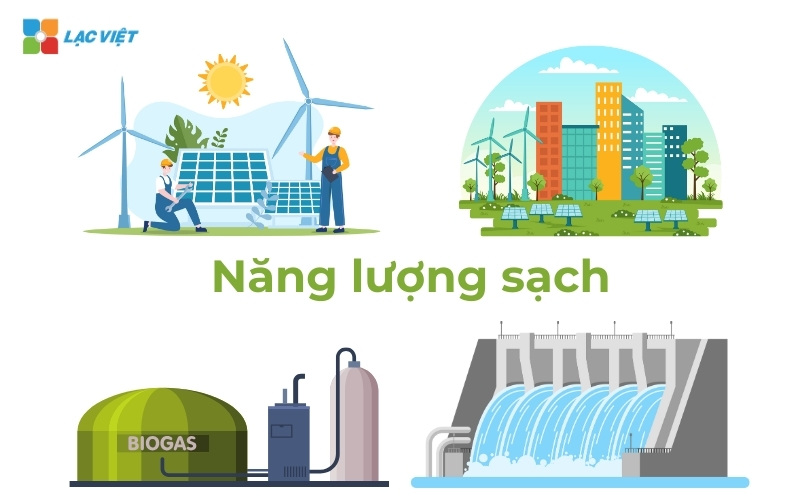
Optimized production process: Improved production line to reduce energy consumption:
- Apply technology effectively as energy-saving boiler or machinery automation.
- Recycling and re-use waste in production to reduce the amount of fuel used.
For example: A business in the textile industry, process improvement dyed fabric, reduce water and electricity consumption, help to reduce 10% of emissions.
1.3. Book project credits carbon
Choose the right program:
- REDD+ (Reducing emissions from deforestation and forest degradation): For projects that protect forests and replant forests to absorb CO2.
- VCS (Verified Carbon Standard): Give credits carbon credits for projects that reduce emissions or absorb greenhouse gases in areas such as renewable energy, waste management, agriculture.
Registration process:
- Step 1: Establishment profile projects include the detailed information about the goal, scale, method of measuring the amount of CO2 reduced.
- Step 2: Made to measure and report the amount of CO2 emission reduction.
- Step 3: Reports sent to the organization international certification for approval.
For example: A project of mounting system, solar on the roof in Viet Nam is VCS certification, help to lose 1,000 tons of CO2 and receive credit only carbon, respectively.
1.4. Market participants credits carbon
The required field:
- Countries and regions such as the EU ETS, California Cap-and-Trade requires businesses to participate in this market if emission exceeds the permitted threshold.
- For example: Business A have emissions exceeding the limit in the EU will have to buy credits carbon from business B has lower emissions limit.
Voluntary market:
- The business voluntarily participate to enhance brand image and in compliance with the committed emissions voluntarily.
- Trading platform: Gold Standard, Verra provide opportunities for businesses to buy credits carbon from sustainable projects.
- For example: A technology group buy credits carbon from project forest conservation in Brazil to reach the emissions target of net 0.
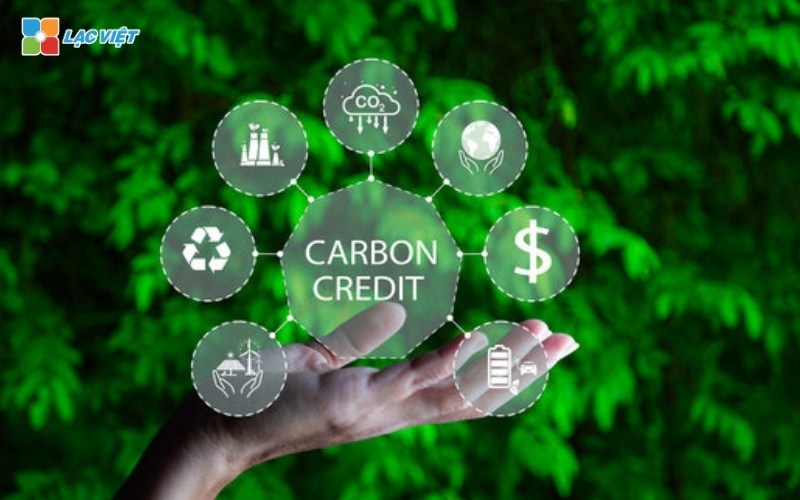
- Scope 3 Emission is? Comprehensive guide to measuring and managing emissions indirect
- CBAM is what? What should prepare to cope with adjustment mechanisms border carbon of the EU?
- What is CO2 offset Point? Explained in easy to understand and practical applications for business
- Carbon Neutral is what? Roadmap to help businesses achieve carbon neutral
2. The challenge when it reaches the credits carbon
2.1. Investment costs
Achieving credits carbon requires the business to significant investments in projects that reduce emissions or buy credits from the market. This creates financial burden, especially for small and medium enterprises.
- Investing in technology to reduce emissions: Apply the advanced technology systems such as solar energy, wind energy, or boiler energy efficiency. For example, A manufacturing business needs to spend an average $ 1 million to convert the entire energy system from coal to renewable energy.
- The cost for the project carbon offset: To buy credits from projects that offset carbon (carbon offset), businesses have to spend from 10-50 USD/creditsdepending on the project type and region.
- Operating costs: Measurement, inventory management and emissions requires long-term investment in software, equipment, measurement, and human resources expertise.
2.2. Complex process
Process gain credits carbon not only requires the coordination of many parts, but also requires strict adherence to the international standards.
- Greenhouse gas inventory: Business must perform detailed inventory of emissions across the supply chain, from production to operation and shipping.
- Measurement and certification: To receive credit, emission-reduction project must be certified by international organizations such as Verra or Gold Standard. This process usually lasts from 6 months to 1 year.
- Record complex: Businesses need to prepare full profile technical report emissions, commitments to reduce emissions in the future.
2.3. Market volatility
Market credits carbon strongly influenced from economic factors, politics and technology, led to the price of credit, not stable.
- Price changes: Price credits carbon in the international market fluctuate sharply from 10 USD/metric ton in the voluntary market to more than 100 USD/ton in the required field.
- Legal risks: The legal regulation of credit, carbon can vary by country, making it difficult to plan long-term.
- Supply and demand: If the bow credits carbon does not fully meet the demand from the business, the credit can be increased, which increases the investment cost.
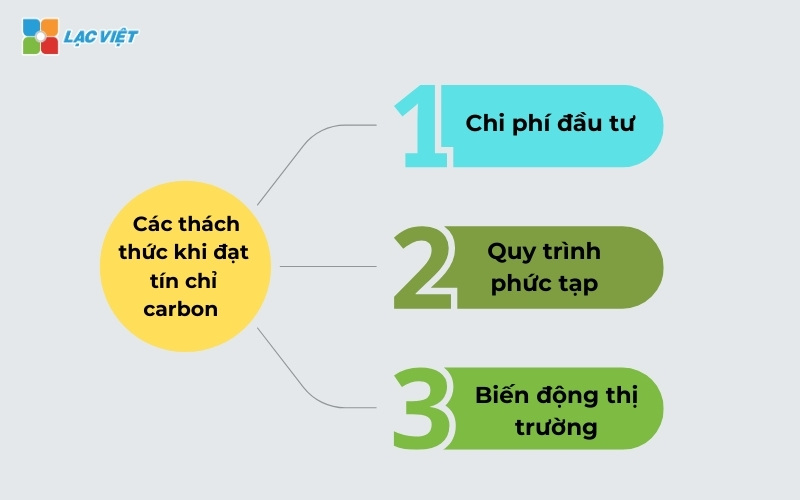
- Carbon Footprint is? Calculate, reduce the Carbon footprint for your business
- How to calculate credits carbon and the method applied to calculate credits carbon
- Coefficient of Co2 emissions according to the IPCC and any conversion of the form of energy
- Net Zero is what? Roadmap 2050 and solution goal commitment
3. The successful example about owner credits carbon
3.1. Nestlé
Nestlé is one of the pioneer enterprises in reducing emissions and owned credit carbon through sustainable projects.
Target: 30% reduction in CO2 emissions by 2030 and reach emission net 0 by 2050.
Solution implemented:
- Investing in renewable energy: Nestlé has implemented the project of solar energy at the processing plant food in South East Asia.
- Buying credits carbon: company buying credits from the project REDD+ in South America to offset emissions can not be reduced.
Results: In the year 2023, Nestlé has reduced 1.2 million tons of CO2, equivalent to 15% of global emissions of the business.
3.2. Microsoft
Microsoft is one of the technology giant has already reached the target carbon emission sound thanks to the comprehensive strategy.
Target: Become the company carbon emission in 2030.
Solution implemented:
- Emission reduction internal: Microsoft switched to using 100% renewable energy at all facilities and data centers.
- Buying credits carbon: The company buys credits from the project forest conservation and clean energy in Africa and South America.
- Investment into technology capturing carbon: Microsoft spent more than $ 1 billion on the technology to capture and carbon storage (CCUS).
Results: In the year 2024, Microsoft has offset over 10 million tons of CO2contribute significantly to reducing global emissions.
3.3. IKEA
Target: Reach carbon neutral by 2030.
Solution implemented:
- Use of wood and recycled materials in furniture production.
- Invest in solar energy at the distribution center.
- Buying credits carbon from the project re-planted forest in southeast Asia.
Results: Reduce CO2 emissions over 15% compared to 2018, while improving brand image, green.
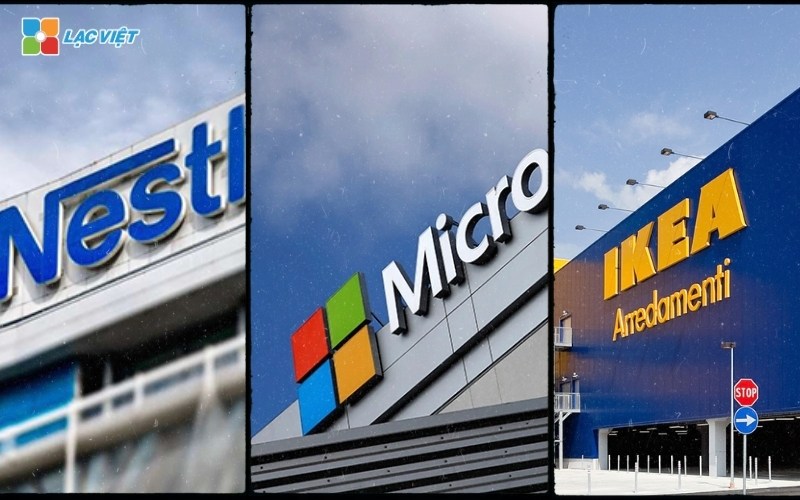
Credits carbon is not only a management tool, greenhouse gas emissions, but also is the key to the construction business strategies for sustainable development. The ownership of credits carbon help businesses reduce risk, legal risk, enhance brand reputation, opens the opportunity to participate in the international market potential.
The article has provided detailed instructions “how to get credits carbon” from the greenhouse gas inventory, investing in measures to reduce emissions, to register the project and participate in the carbon market. This information not only helps the business to understand but also brought out the specific steps to perform.
Climate change not only the global challenge but also an opportunity for businesses to affirm the role and its responsibilities in protecting the environment. To earn credit for carbon and contribute positively to the sustainable development goals, the organization needs:
- Quickly inventory and measure emissions.
- Plan to reduce emissions long-term based on the modern technologies and solutions, renewable energy.
- Actively participate in the market only carbon to not only achieve economic benefits, but also contribute to the goal of reducing climate change global.

